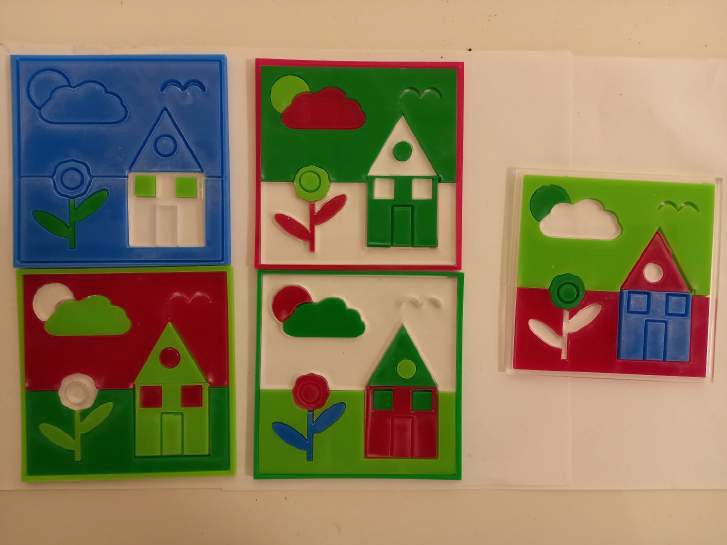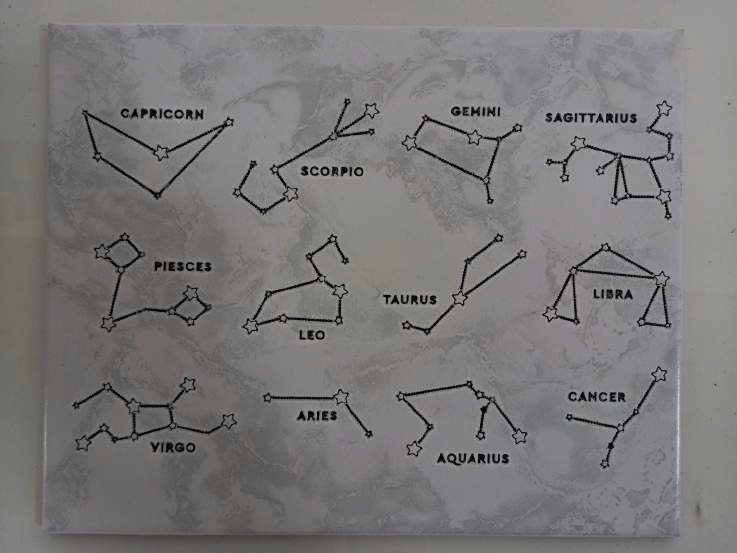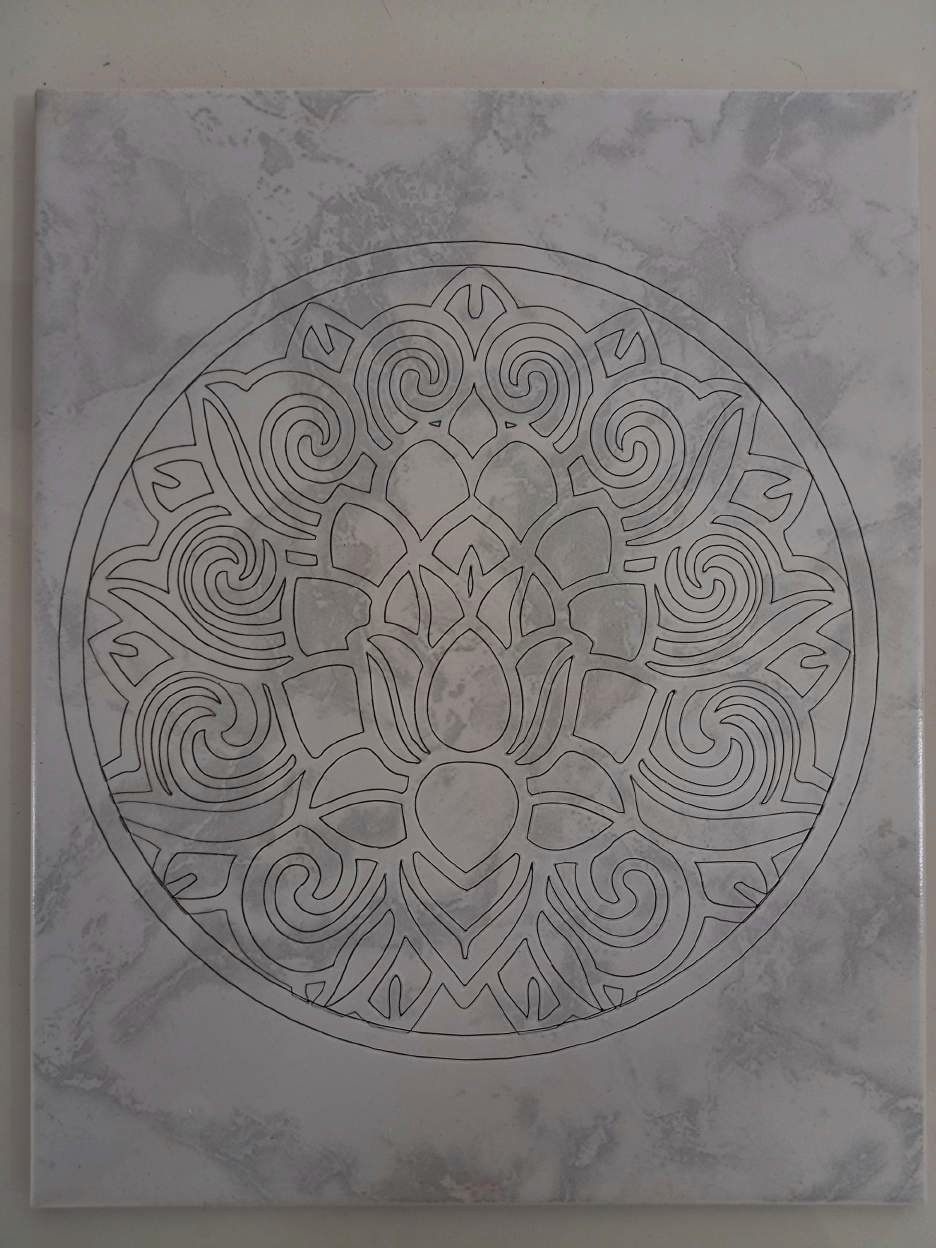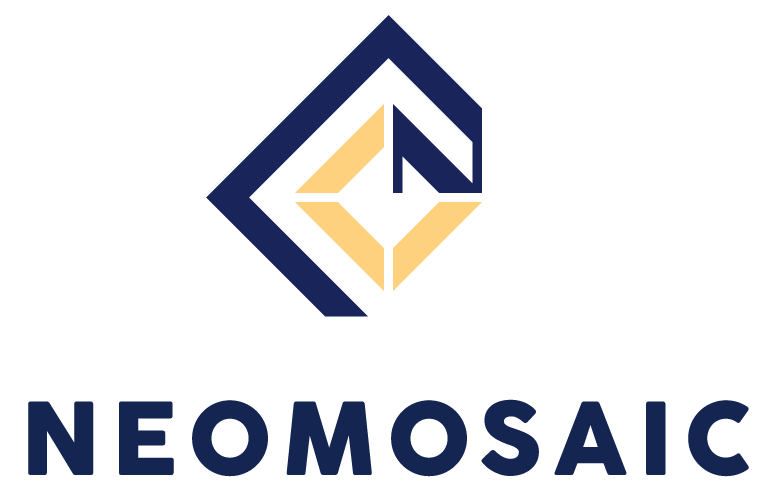
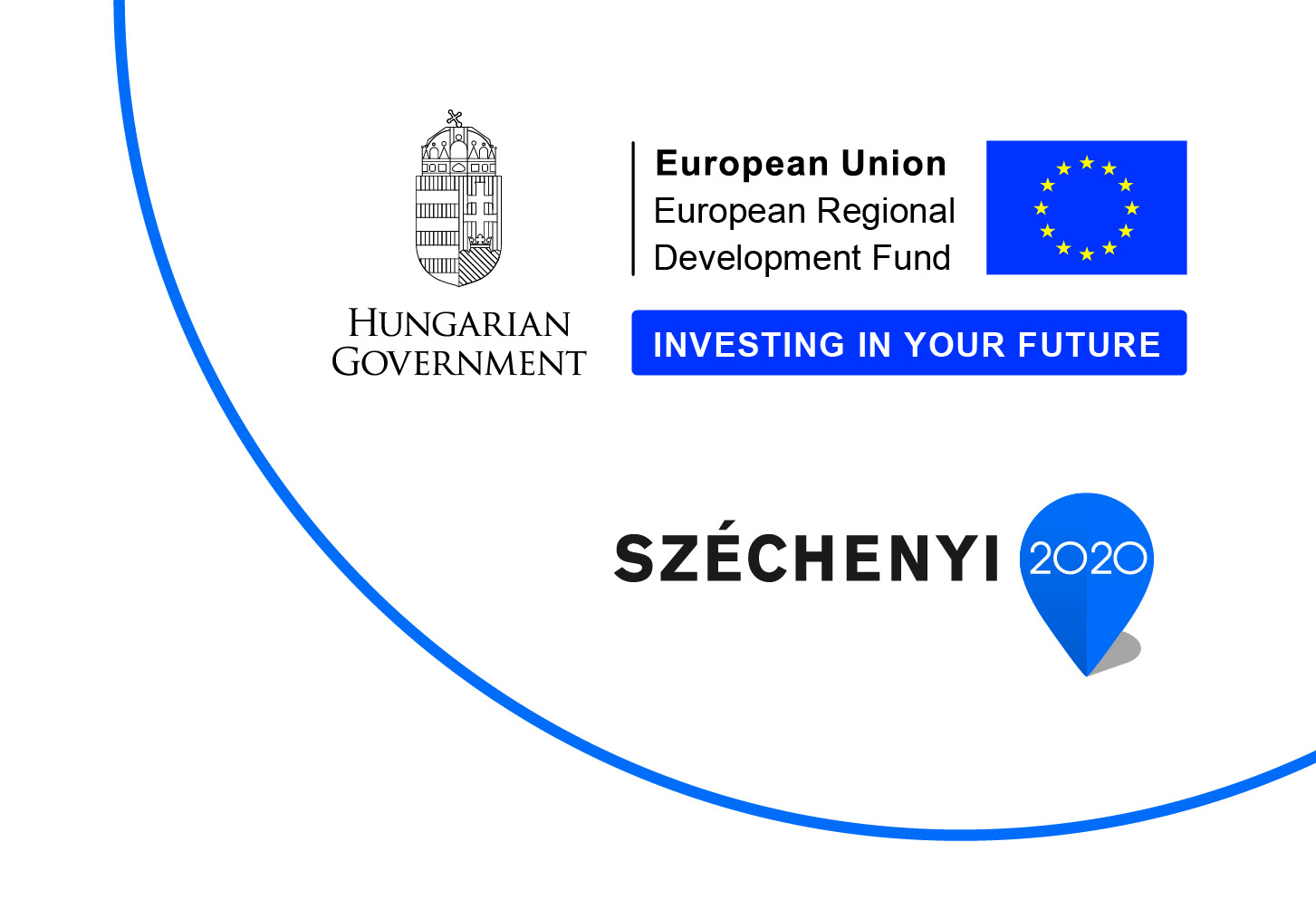
Results of the project
The NEOMOSAIC Cinema Production System was created, which consists of the following main elements:
- laser cutter
- robotic arms
- vacuum system
- control system
As this was a development project, the design of the project was followed by the creation of a new type of tool, which could provide aesthetic and innovative solutions for the construction and art industries, from the various components supplied and through the innovation of the developers.
The project included construction, assembly, development, programming and testing phases. During the construction phase, the various holding devices and controls were built. The assembly phase involved assembling the equipment, which arrived in several pieces. In the programming phase, both low-level and medium- to high-level interfaces and control programs were created. As development, the realisation of own ideas is highlighted, such as the development of a system with individual relay control or network communication procedures in the control software. During testing, we tried out the recommendations in the factory documentation for the devices in question, experimenting with our own procedures best suited to the specific situation. Here, it is worth mentioning, for example, the knowledge of what size mosaics can be cut from different materials without static damage to the working material, or, for example, what level of operating load results in what system thermal rises. The latter is also important because once critical temperatures are reached, system components can easily be damaged. During the testing, the control computers were also subjected to several weeks of load testing, during which they had to perform repetitive calculations. These included both simple and more complex calculations using the SHA256 encryption key. The tests also included progressive load tests that were more demanding than could be achieved under operating conditions. For example, during the load test of the robotic arms, the arms had to lift increasing amounts of mass.
The system is able to perform cutting and milling operations on workpieces. Tests were carried out on the following materials:
- Plastic
- Plexiglas
- Glass
- Ceramic
- Ceramic tiles
- Tiles
- Stone
- Wood
- Paper
The success of the works depended essentially on the quality and thickness of the material used and the parameters of the system. In our experience, it was necessary to calibrate the system for a completely new material composition. Calibration was necessary to determine the cutting speed, cutting force and possible number of repetitions best suited to the material.
The whole process consisted of the following steps: selection of the raw material, design, cutting and/or milling, unloading, packaging, transport, loading.
Given the modular nature of the development to be carried out, the number of possibilities for further development will be significantly increased and, in the longer term, it is worth considering not only the sale of the product manufactured by the tool to be built under the project, but also the technology itself, the software that runs the system, and the list of features of the technical peripherals to be used, since it is a system that provides a basic tool for activities that are on the borderline between the construction industry and the arts, and therefore, although it is primarily an indispensable tool for those working in the field of tiling technology and applied artists, the developments made can also inspire innovation in anyone else.
The mosaics produced during testing :
